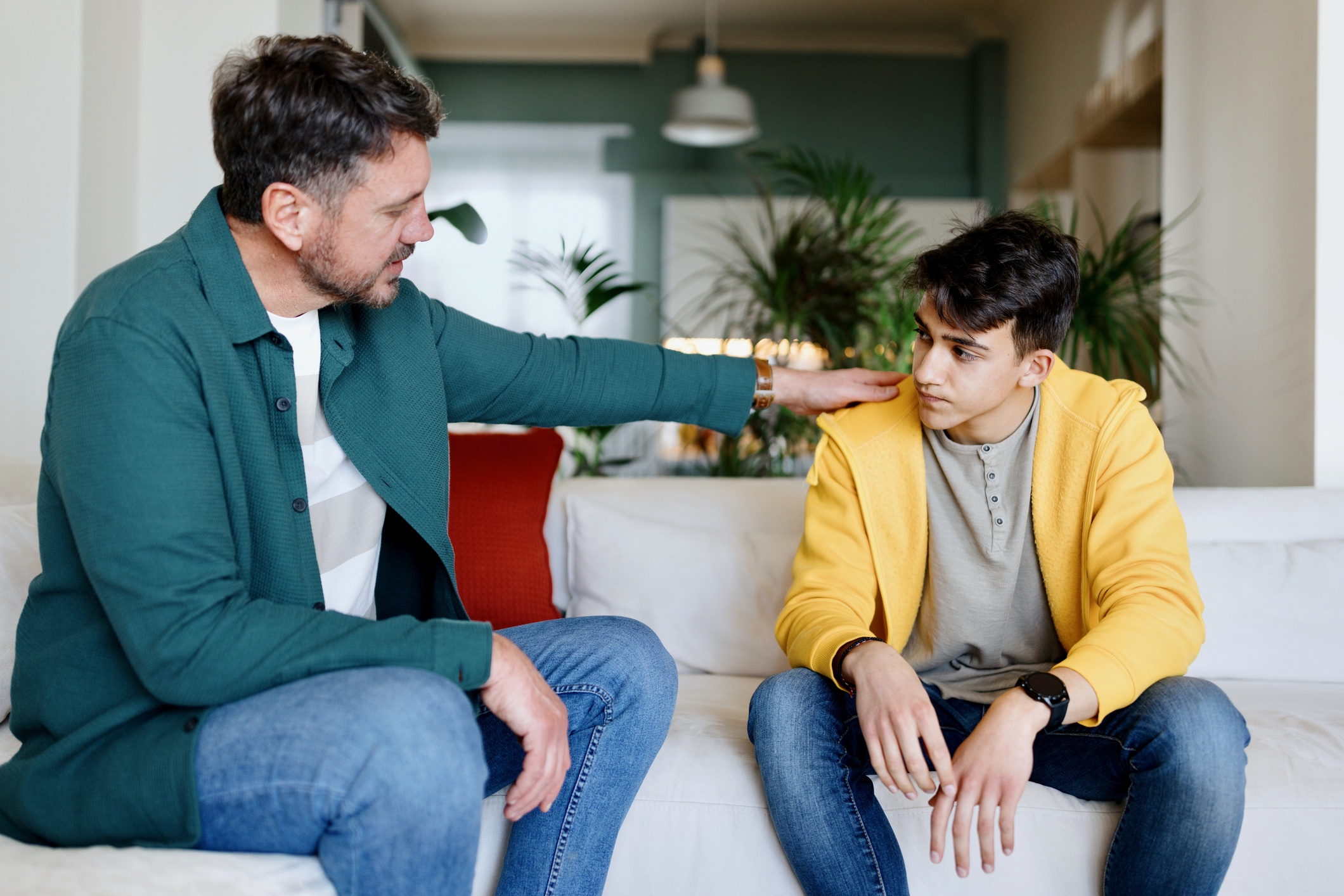You’ve surely heard about opioids and the health care crisis they have caused, but you may not be aware of another prescription drug claiming lives around the nation: benzodiazepines. In the United States, almost 17 percent of overdose deaths involve benzodiazepines, often referred to as benzos. This is a testament to not only the allure of the medication’s effects, but also the astonishing rate at which they are being prescribed. The National Institute on Drug Abuse reports that the frequency at which benzodiazepines were being filled rose approximately 67 percent from 1996 to 2013.
What are Benzodiazepines?
Benzodiazepines are part of a class of medications used for anxiety treatment. They may also be prescribed to treat seizures, migraines, and sleep disorders. Like opioids and alcohol, they are depressants that change the brain’s chemistry, slowing the central nervous system and promoting calmness in users. The most used benzos include Valium (diazepam), Ativan, Klonopin (clonazepam), and Xanax (alprazolam). Benzos are intended for short-term use and their efficiency only lasts for a couple of weeks.
Why Do People Abuse Benzodiazepines?
Because they are intended for short-term use, the effects that benzodiazepines have on an individual will lessen over time. Individuals often take more than prescribed to feel the effects they experienced when they first started taking the drug. This can be a slippery slope into addiction.
Many who start abusing benzodiazepines use the drug in dangerous ways. For example, some combine benzodiazepines with other substances because they can intensify the effects of alcohol and other drugs. Students often use them to achieve a stronger high and relieve stress caused by social and academic pressures. Others use benzodiazepines to come down from the effects of other drugs such as meth. Regardless of the reason or drug, combining benzodiazepines with any other substances is not only dangerous, but often deadly.
When and How Do Benzodiazepines Pose a Threat?
While benzodiazepines are effective at achieving temporary relief for those with panic attacks and anxiety, they have a high potential for addiction. An astonishing 40 percent of people who use them daily for just six weeks become addicted to them. Those who still feel anxious after taking the medication as prescribed, have less energy or coordination than before they started using them, or continue to take benzodiazepines when they do not have symptoms are at risk of addiction.
Benzodiazepine addiction can be a vicious cycle for those who try to abandon the drug because withdrawal symptoms include anxiety and panic attacks: the very outcomes users had hoped to overcome in the first place. Withdrawal symptoms for benzos mimic those of alcohol withdrawal and may include other side effects such as:
- Hallucinations
- Seizures
- Restlessness
- Shaking
- Sweating
- Psychosis
- Suicidal thoughts
The Dangers of Taking Benzos and Opioids Together
While combining benzodiazepines with any drug is dangerous, mixing opioids and benzodiazepines is a particularly lethal combination. Because they are both sedatives that suppress breathing and undermine the brain’s ability to function, deadly overdoses are common when mixing the two.
A North Carolina study revealed that people who used opioids and benzos were ten times more likely to die of an overdose than those who used opioids alone. The CDC officially recognized this problem in 2016 when they advised that doctors refrain from prescribing benzos at the same time as opioids.
Overcoming Benzodiazepine Addiction
Detox is the first step in treating benzodiazepine addiction. This allows the body to rid itself of all toxins, allowing it to begin to heal. Halting benzodiazepine use all at once is not recommended, and doing so can lead to acute withdrawal symptoms. Because detoxing from benzodiazepines can be especially challenging and painful, it is essential that those struggling with benzodiazepine addiction pursue medically monitored detox. Even in a clinical setting, it can take ten days for the drug to leave the body. Withdrawal symptoms, such as seizures, can be severe and should be monitored, as they can be life-threatening.
It is important to remember that addiction is not solely physical and that the psychological impact it has also needs to be addressed. For this reason, it is important that those struggling with addiction continue onto either inpatient addiction treatment or outpatient treatment. This will help clients understand the root of their substance use and co-occurring disorders such as anxiety that may have initially driven them to use benzodiazepines.
While in inpatient or outpatient treatment, individuals have the opportunity to take a deeper look into their addiction ⎼ uncovering the root cause of their addiction, gaining the tools to better deal with emotions and triggers, forming a relapse prevention plan, and building a support network. Pursuing a treatment program that incorporates holistic therapies can also be beneficial to their recovery. Holistic therapies not only heal the mind, body, and spirit during treatment but can also be easily incorporated into everyday life after treatment, helping to safeguard sobriety.
If you or a loved one is struggling with addiction, Mountainside can help.
Click here or call (888) 833-4676 to speak with one of our addiction treatment experts.

 By
By 







